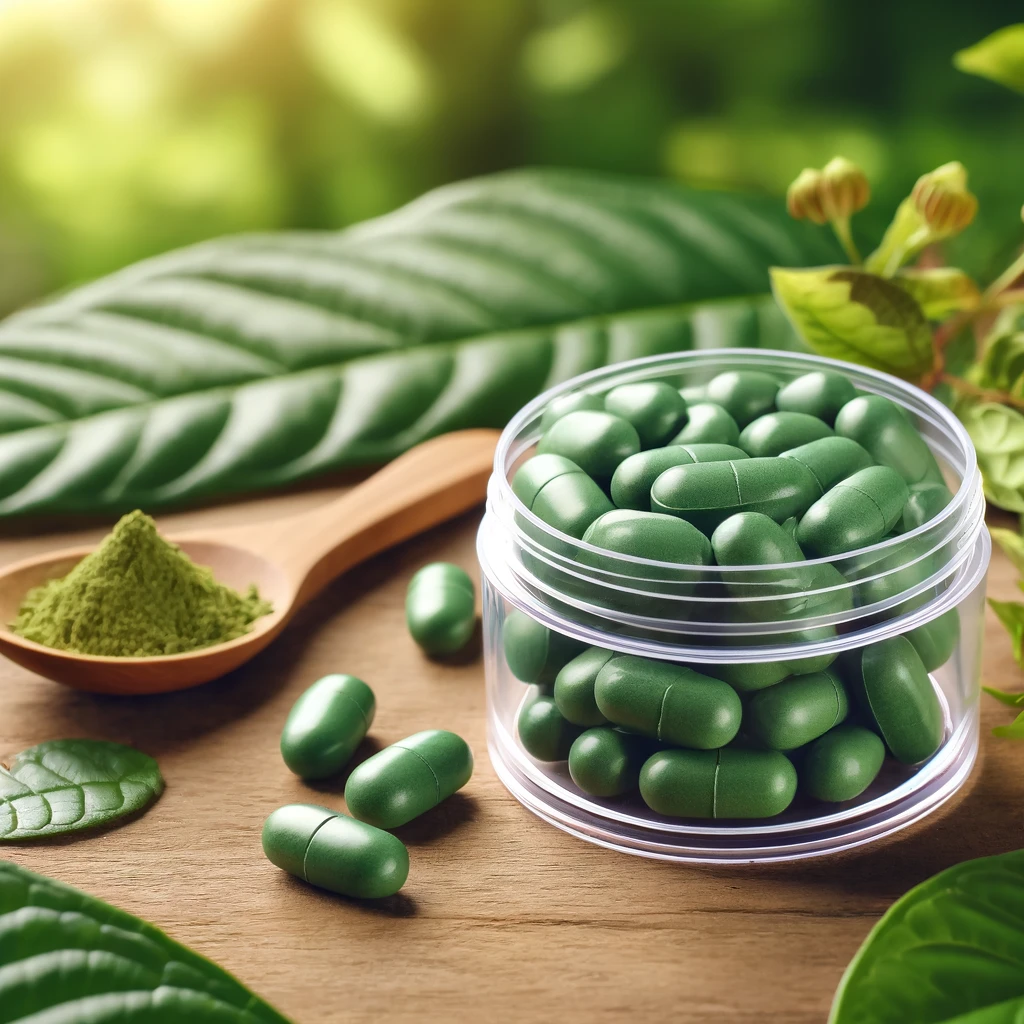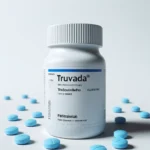Kratom: Understanding Its Uses, Benefits, and Risks in Opioid Withdrawal
Kratom, a tropical tree native to Southeast Asia, has gained considerable attention in the United States for its potential therapeutic effects and controversial legal status as an herbal drug kratom. For centuries, people in countries like Thailand, Indonesia, and Malaysia have used Kratom leaves for their stimulant and opioid-like properties. As the popularity of Kratom grows in the West, understanding its uses, benefits, and potential risks becomes increasingly important. This article aims to provide a comprehensive overview of Kratom, addressing its medicinal uses, legal challenges, and health concerns.
Leaves from kratom trees can be used in herbal supplements that have gained more popularity. People are reporting that taking kratom can help improve their mood and reduce dependence on opioids. Kratom is not a regulated product and is not approved by the FDA. Some countries are regulating kratom usage. Kratom has not been proven safe or efficacy. It’s addictive. There are some drug interactions that can cause serious side effects for some.
Individuals seeking alternative treatments for chronic pain, anxiety, or opioid withdrawal may find Kratom an appealing option. However, its legal status and safety profile are topics of significant debate. At Mass Tort America, we are committed to helping you navigate the complexities surrounding Kratom use, ensuring you have the information and support needed to make informed decisions. If you or a loved one has experienced adverse effects from Kratom, our team is here to assist you.
Molecular structure: Mitragynine
It contains the most alkaloids in leaves and a high percentage Mitraghinine has accumulated over a billion in its cellular structure. Its chemical structure has been fully uncovered since 1964. The systemic name is (E,2S,3S,12bS)-3ethyl-1,2,3,4,6,77,12b – octachlor-8-methanol-(methylamine): Other names: (E)-16,17 – dihydro-917 – dimethoxy-17 – 18-sec yohimban-16-carboxylic acid methylene ester 9 – méthoxycorynanthemidine.
Why Do People Use Kratom?
Kratom interacts with opioid receptors in the brain which helps relieve pain. Many patients are not using the medication because they have no alternative, especially those struggling with opioid addiction. Many of them rely on kratom for alternative treatment, as it is more painless than traditional dandruff or sedatives, and it’s more effective for pain control. People are generally wrongly convinced that natural kratom can be dangerous. This drug is legal in most states with minimal stigma.
How Do People Take Kratom Leaves?
Usually, kratom has been consumed in oral form. Kratom is primarily consumed for its kratom powder and is also widely used to make kratom tea and other beverages. Its use is most often mixed into food. Some people prefer chewing the seeds themselves. It’s not commonly used to smoke kratom but many people do.
Historical and Traditional Uses of Kratom
Kratom (Mitragyna speciosa) has a long history of use in traditional medicine across Southeast Asia. The indigenous populations have used Kratom leaves either chewed or brewed into teas to combat fatigue, enhance mood, and alleviate pain. In Thailand, Kratom has been traditionally employed to treat various ailments, from digestive issues to wounds. Its primary active compounds, mitragynine, and 7-hydroxymitragynine, interact with the body’s opioid receptors, producing effects similar to both stimulants and sedatives, depending on the dose.
In rural areas, Kratom has been a crucial component of daily life for laborers and farmers who rely on its stimulant properties to sustain energy and productivity throughout the day. Additionally, traditional healers have utilized Kratom for its analgesic effects, providing relief from chronic pain and as an aid in treating opioid dependence. Despite its deep-rooted cultural significance, Kratom’s transition to the West has brought new challenges and scrutiny.
As Kratom’s use spreads globally, understanding its traditional roots helps contextualize its current applications and the controversies it faces. This historical perspective underscores the complex relationship between traditional practices and modern regulatory frameworks, highlighting the need for a balanced approach to its use and regulation.
Modern Applications and Potential Benefits
In recent years, Kratom has garnered interest for its potential medicinal benefits, particularly in the United States. Many users turn to Kratom as a natural remedy for chronic pain, anxiety, and opioid withdrawal symptoms. Its analgesic properties make it an attractive alternative to prescription opioids, which carry a high risk of addiction and overdose. Some studies suggest that Kratom can effectively reduce pain and improve mood without the severe side effects associated with conventional painkillers.
Kratom has been known to relieve pain and inflammation as the receptor for opioids binds the drug. In kratos, the compound 7hydroxymitragynine is 13 times stronger than microbial drugs. Although kratom binds with opioid receptors like codeine does, it is still considered an unusual drug. April 14, 2019.
Low doses of dopamine (1 mg /kg) have been found to affect dopamine release in males and in women.
Despite these promising applications, it is essential to approach Kratom use with caution. The lack of standardized dosing and quality control in the Kratom market raises concerns about safety and efficacy. Additionally, more research is needed to fully understand its long-term effects and potential for abuse.
Is Kratom Legal?
Yeah or not. The federal government has legalized kratom for health purposes but the substance does NOT have FDA approval. Some states are considering illegalizing kratom or restricting its sale. If the law isn ‘t in your state then kratom should be legal in your country. In other countries the use of kratom in kratom in the US has been restricted or illegal.
Legal Status and Regulatory Challenges: Drug Enforcement Administration
Kratom’s legal status in the United States is complex and varies by state. While the federal government has not classified Kratom as a controlled substance, the Drug Enforcement Administration (DEA) has listed it as a “drug of concern,” similar to other herbal supplements. Some states and municipalities have taken it upon themselves to ban or regulate Kratom, citing potential health risks and lack of FDA approval. This patchwork of regulations creates confusion for consumers and complicates efforts to standardize Kratom products.
The American Kratom Association (AKA) has been at the forefront of advocacy efforts, pushing for the regulation of Kratom as a dietary supplement rather than an illicit drug. The AKA argues that proper regulation, including quality control and accurate labeling, can mitigate risks and ensure consumer safety. However, opponents of Kratom argue that its potential for abuse and lack of comprehensive safety data warrant stricter controls.
The ongoing debate highlights the need for a balanced approach that considers both the potential benefits and risks of Kratom. Effective regulation should aim to protect consumers while allowing access to Kratom for those who may benefit from its use. This requires collaboration between policymakers, healthcare providers, and advocacy groups to establish a regulatory framework that addresses safety concerns without unnecessarily restricting access.
Health Risks and Safety Concerns
Despite its potential benefits, Kratom is not without risks. Adverse effects can range from mild to severe and may include nausea, constipation, dizziness, and, in extreme cases, respiratory depression and seizures. The variability in Kratom’s effects is influenced by factors such as dosage, strain, and individual sensitivity, making it challenging to predict outcomes for each user.
A small dose of kratom will increase alertness. But high doses are dangerous because kratom interacts with opioid nerve receptors and can affect:
Kratom may be able to bind to serotonin receptors in the body and decrease the activity of CYP2D6 and CYP 3A4, causing an increase in the risk for sertraline. Bupropion inhibits CYP2D6 CYP and increases serotonin.
There have been reports of Kratom being adulterated with other substances, which can amplify its risks. Without standardized quality control, consumers may inadvertently consume contaminated or mislabeled products, leading to serious health consequences. Furthermore, the potential for Kratom dependence and withdrawal has been documented, particularly with long-term use. Long-term kratom users may also experience: Increased cheek pigmentation. Loss of appetite. Tremor. Psychosis.
Is kratom addictive? As with opioids, you can get addicted to kratom. People going through kratom withdrawal may experience: Muscle spasms . Pain. Rhabdomyolysis . Rigidity. Seizures . Tremors.
Furthermore, Kratom’s role in managing opioid withdrawal has been a significant point of interest. Some individuals use Kratom to ease withdrawal symptoms such as nausea, vomiting, and insomnia, which can be debilitating and challenging to manage. By providing a less addictive alternative, Kratom offers a potential pathway for those seeking to overcome opioid dependence.
It is likely true. Kratom binds opioid receptors on the brainstem. Some addictive drugs may affect the receptors. Also the possibility of kratom causing an addiction is huge. However the effect of kratom on the body has been lessened than that associated with opioids. But the risks are less when taking kratom every time than every day. But kratom has been proven to cause addiction to certain drugs. Sometimes they may develop reliance on others. You will likely also experience a withdrawal effect or relapse if the drug is taken.
Given these risks, it is crucial for users to exercise caution and consult healthcare professionals before using Kratom, especially those with pre-existing health conditions or who are taking other medications. Ongoing research and better regulation are essential to fully understand and mitigate the health risks associated with Kratom use.
Why Choose Mass Tort America for Your Kratom Case?
At Mass Tort America, we understand the complexities and challenges associated with Kratom use and its legal landscape. Our team is dedicated to providing comprehensive support and guidance for individuals affected by Kratom-related issues. We offer personalized legal services to help you navigate your case, whether it involves adverse health effects, regulatory concerns, or product liability.
Choosing Mass Tort America means working with experienced professionals who are committed to protecting your rights and ensuring you receive the best possible outcome. Our nationwide network and Concierge Team allow us to assist clients from all over the country, providing tailored solutions to meet your specific needs. Contact us today at 800-356-4338 or visit our contact form at https://masstortamerica.com/contact/ to learn more about how we can help you.



















